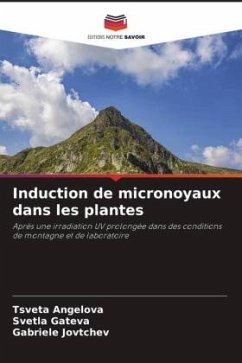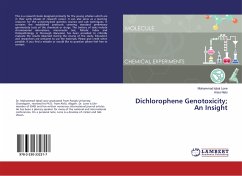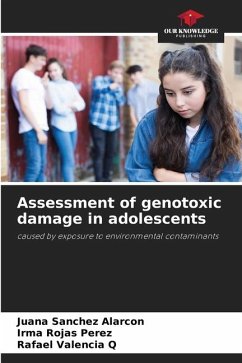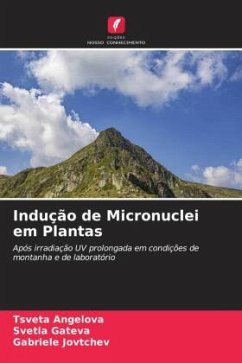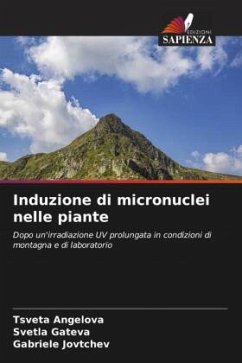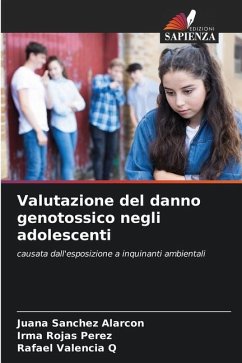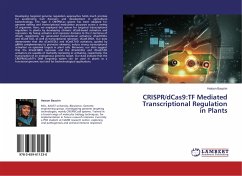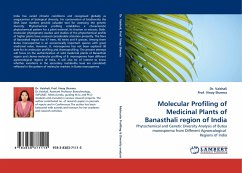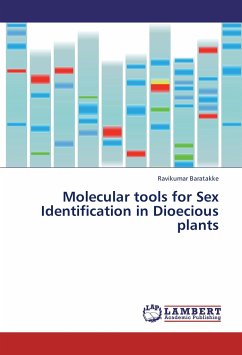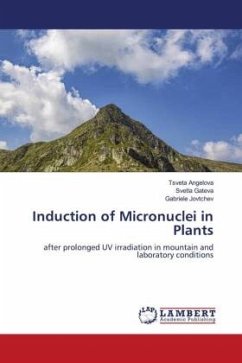
Induction of Micronuclei in Plants
after prolonged UV irradiation in mountain and laboratory conditions
Versandkostenfrei!
Versandfertig in 6-10 Tagen
25,99 €
inkl. MwSt.

PAYBACK Punkte
13 °P sammeln!
Plants, especially those growing in mountain conditions, are exposed to ever-changing environmental factors. These factors, as well as various chemicals and viruses, can act as clastogens and aneugens and could induce alteration of the hereditary material of the organisms. As a result formation of micronuclei can occur. The frequency of micronuclei induced in the cells is an indication of the genotoxic effect of an agent/factor. Micronucleus (MN) assay is one of the most applied cytogenetic methods in genotoxic screening and monitoring. It is widely used as a sensitive biomarker for detection ...
Plants, especially those growing in mountain conditions, are exposed to ever-changing environmental factors. These factors, as well as various chemicals and viruses, can act as clastogens and aneugens and could induce alteration of the hereditary material of the organisms. As a result formation of micronuclei can occur. The frequency of micronuclei induced in the cells is an indication of the genotoxic effect of an agent/factor. Micronucleus (MN) assay is one of the most applied cytogenetic methods in genotoxic screening and monitoring. It is widely used as a sensitive biomarker for detection of DNA damage in various eukaryotic cells including human cells in vitro/in vivo. This paper summarizes and compares our investigations related with the induction of MN in plants, caused by combined action of UV irradiation and other abiotic factors on different wild plants growing in mountain conditions, as well as on model plant species exposed to single prolonged UV irradiation at controlled laboratory conditions. The micronucleus assay was adapted and applied to each plant species used in the study. MN test can be successfully used for the purpose of genetic monitoring.



